This is the fourth post of original images that William Lyman Thomas collected and used in his magnificent “History of St. Louis County, Missouri”. We have a rare opportunity to examine these images that he assembled into his final two volume set in 1911. I am again including images made of the backs of these photographs. I think it is especially interesting to see his notations and instructions to the printer.
If you may have missed my first, second and third posts on this fascinating subject, here is a link to the third which includes links to the first two.
We may never again be lucky enough to view another trove of historic artifacts as important as these. I started posting from this magnificent pile last year on July 9. The first post was called, “A Holy Grail of Maplewoodiana comes to Light”. This post brings the total to twenty-two. And we’re not done yet!
Again, I want to thank the descendants of the Sutton and Thomas families for sharing this great wealth of material with us.
And now, in alphabetical order, are even more of William Lyman Thomas’ images.
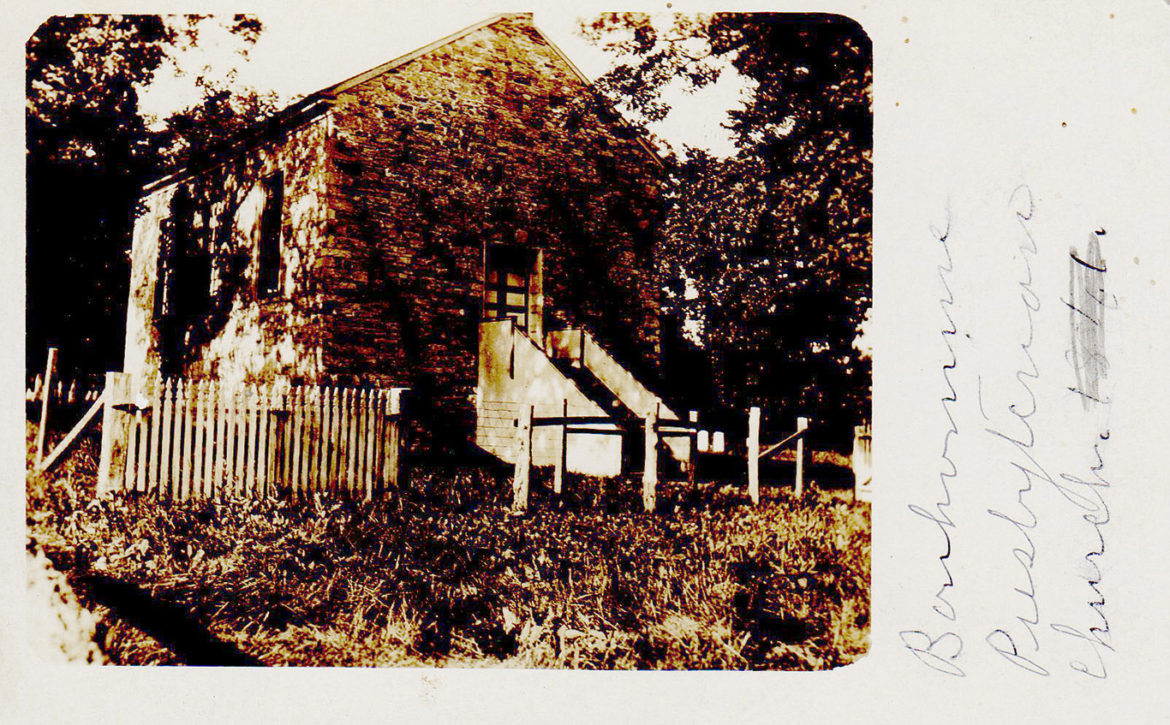
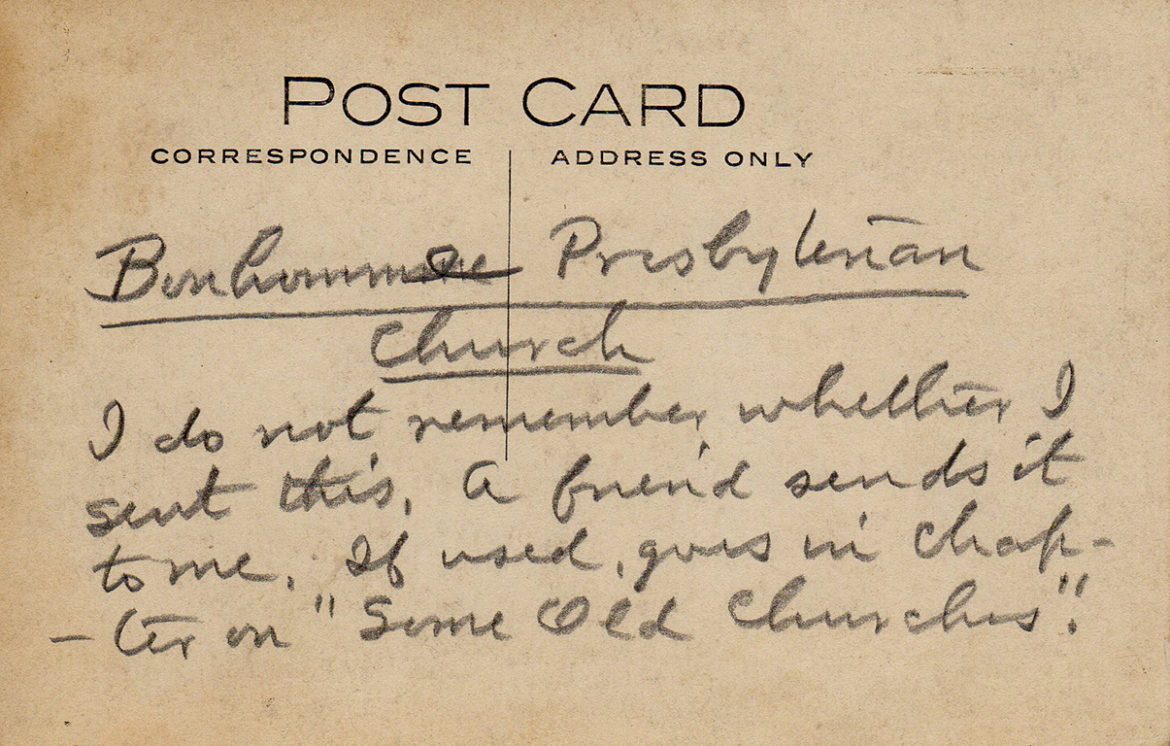
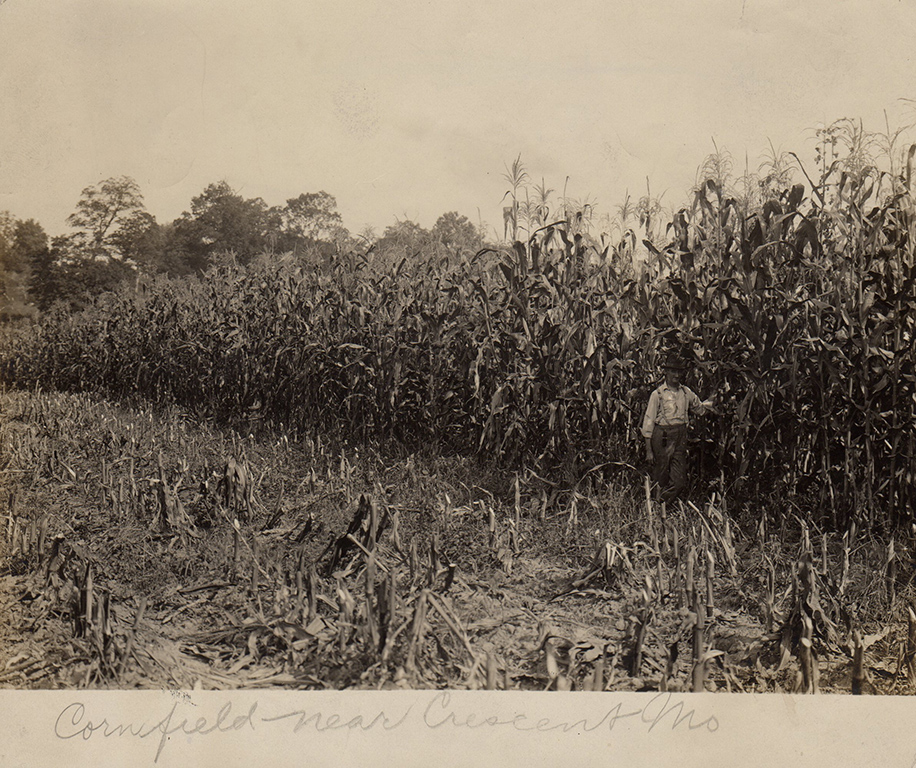
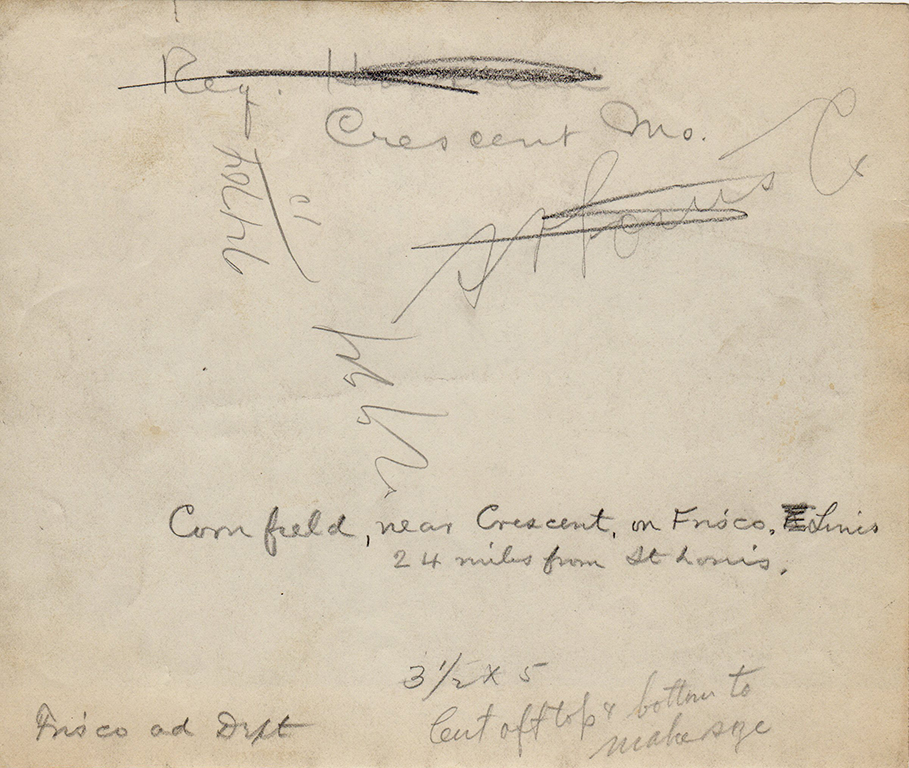
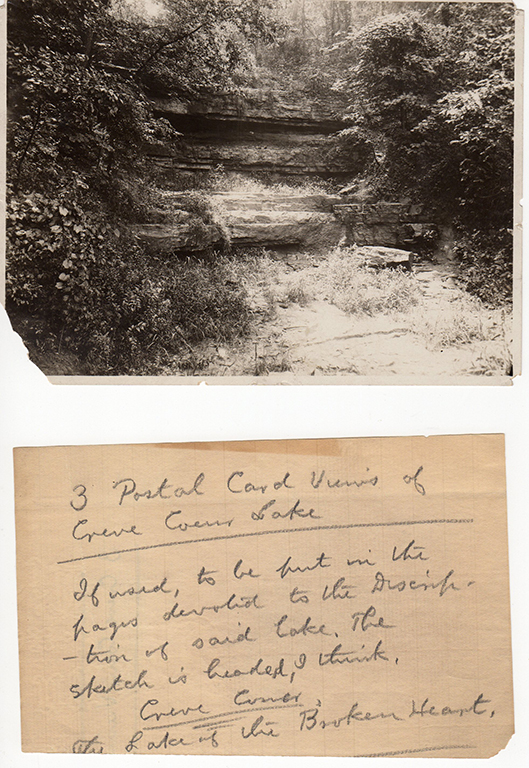
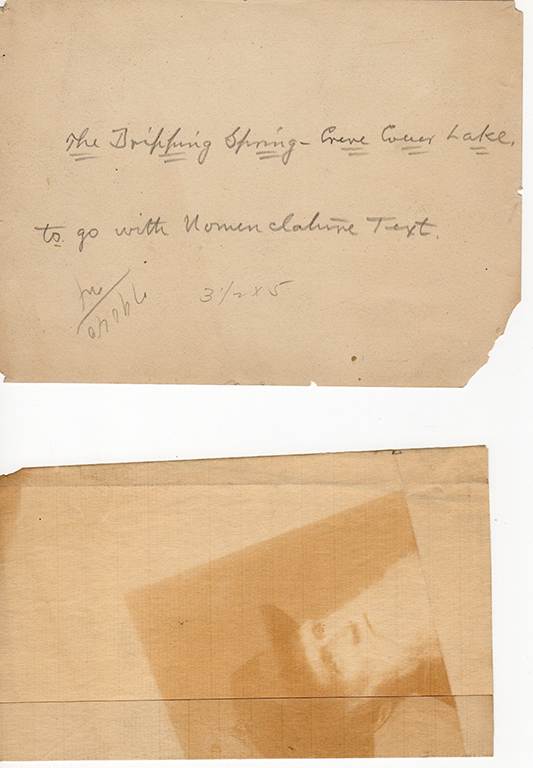
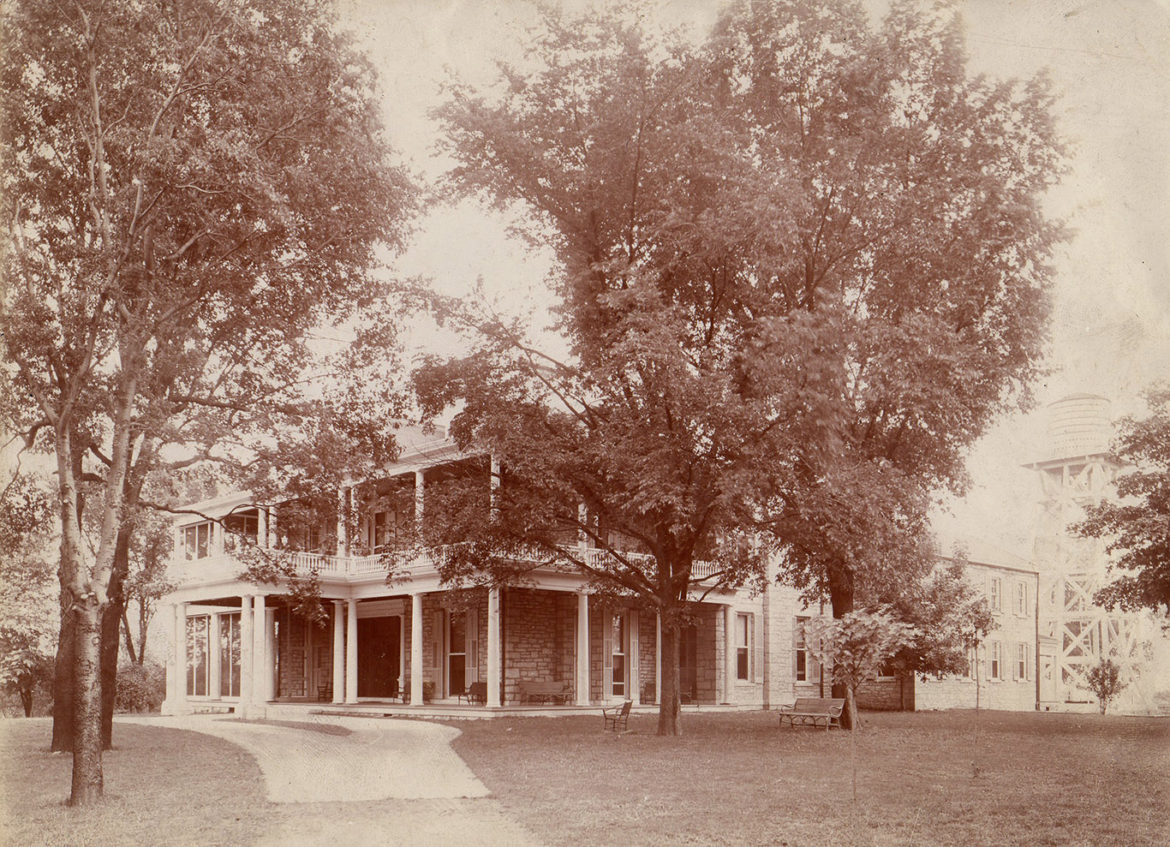
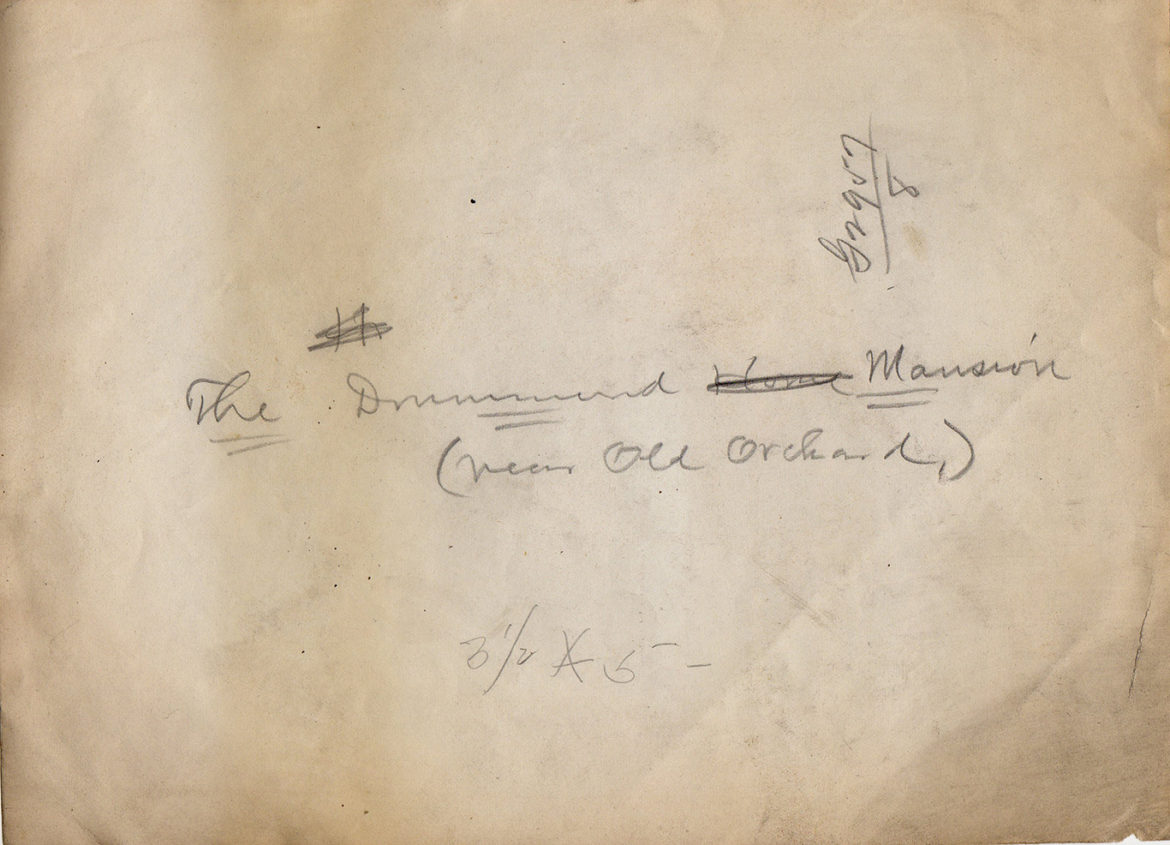
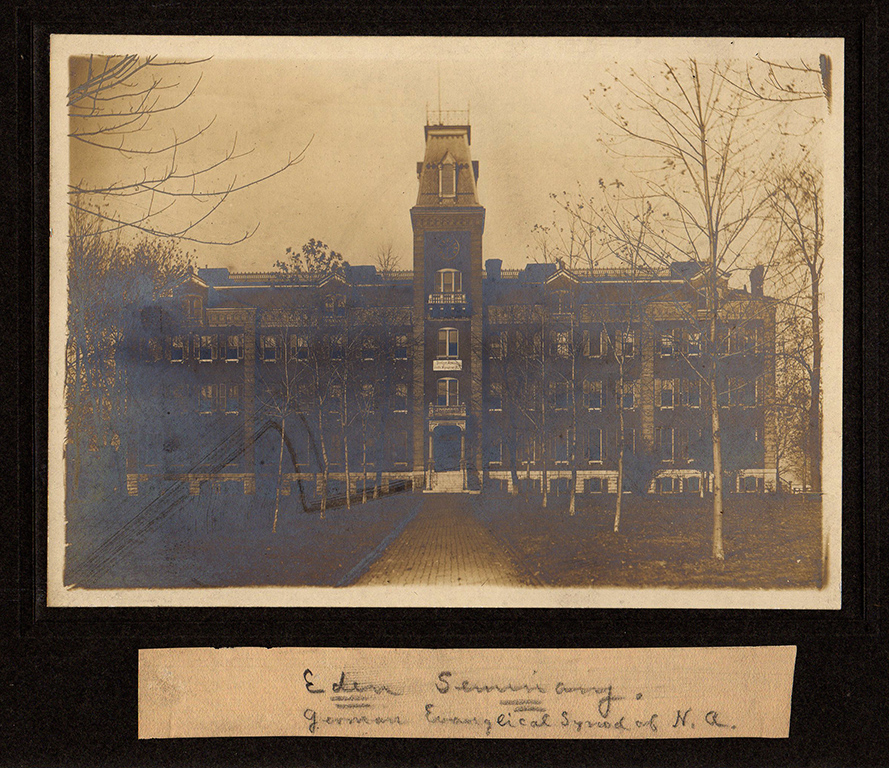
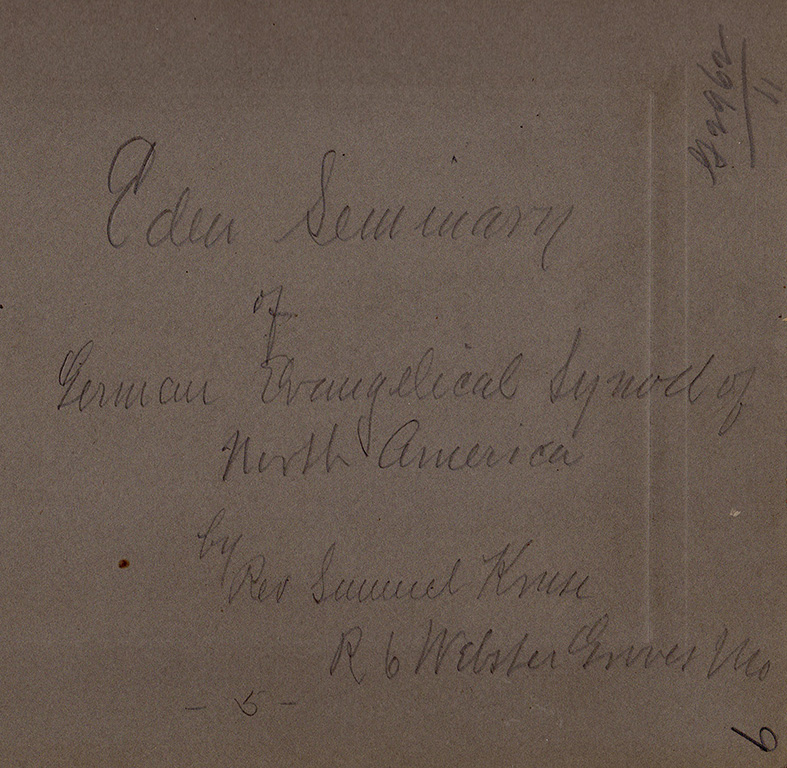
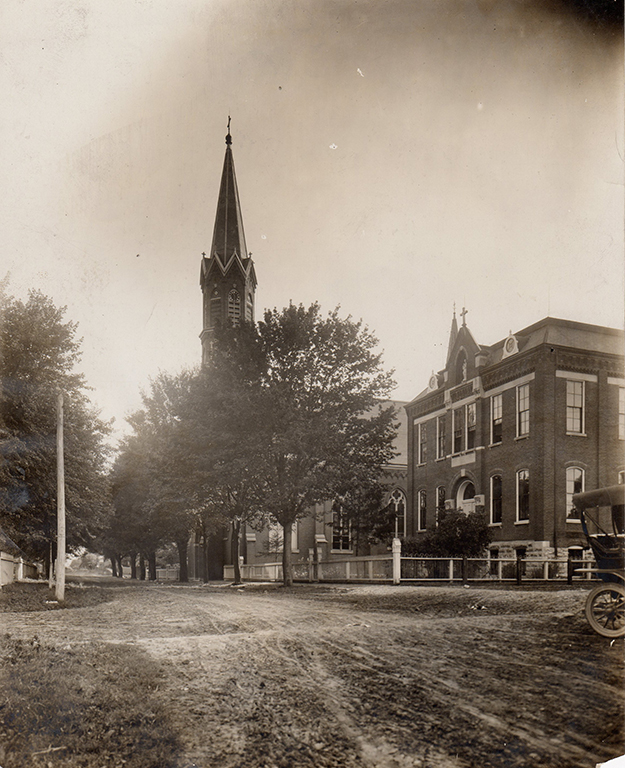
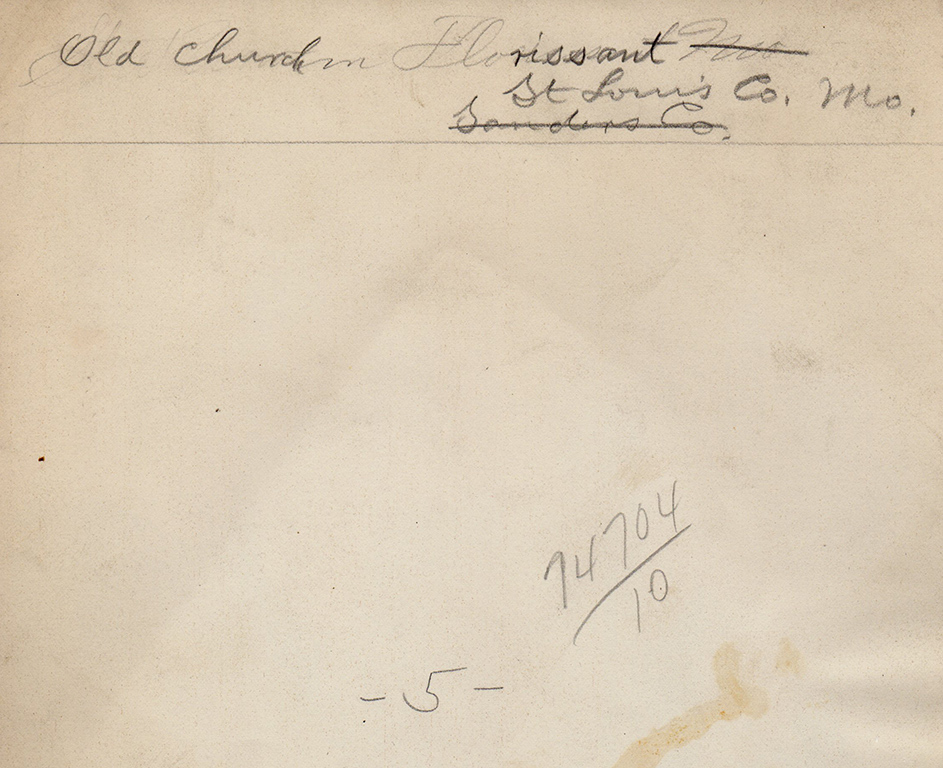
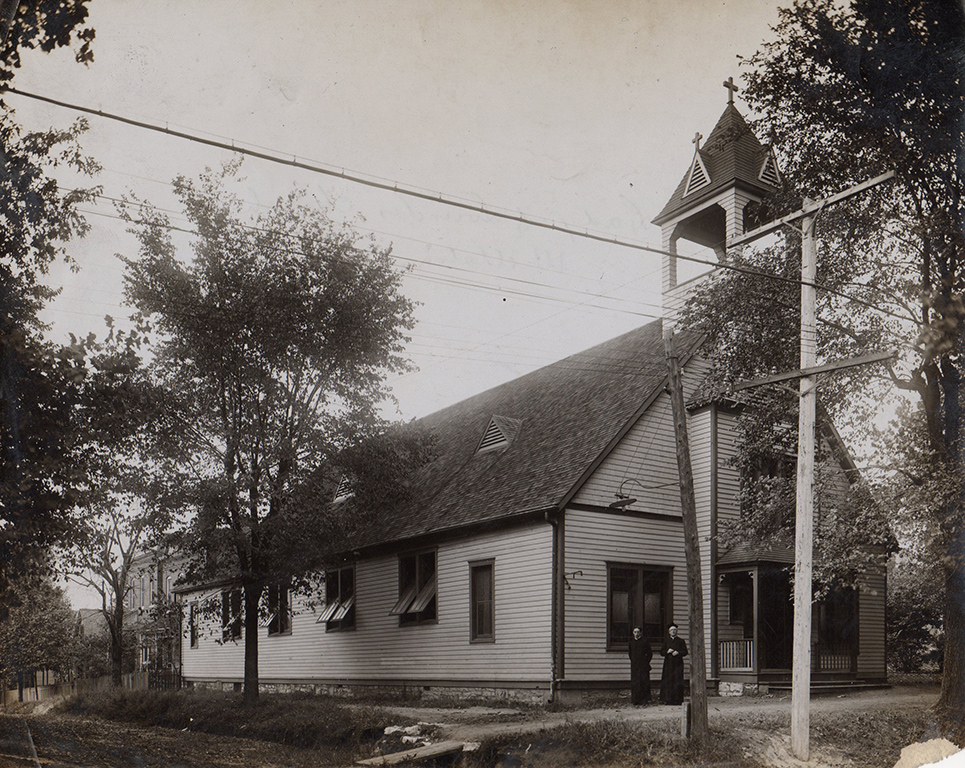
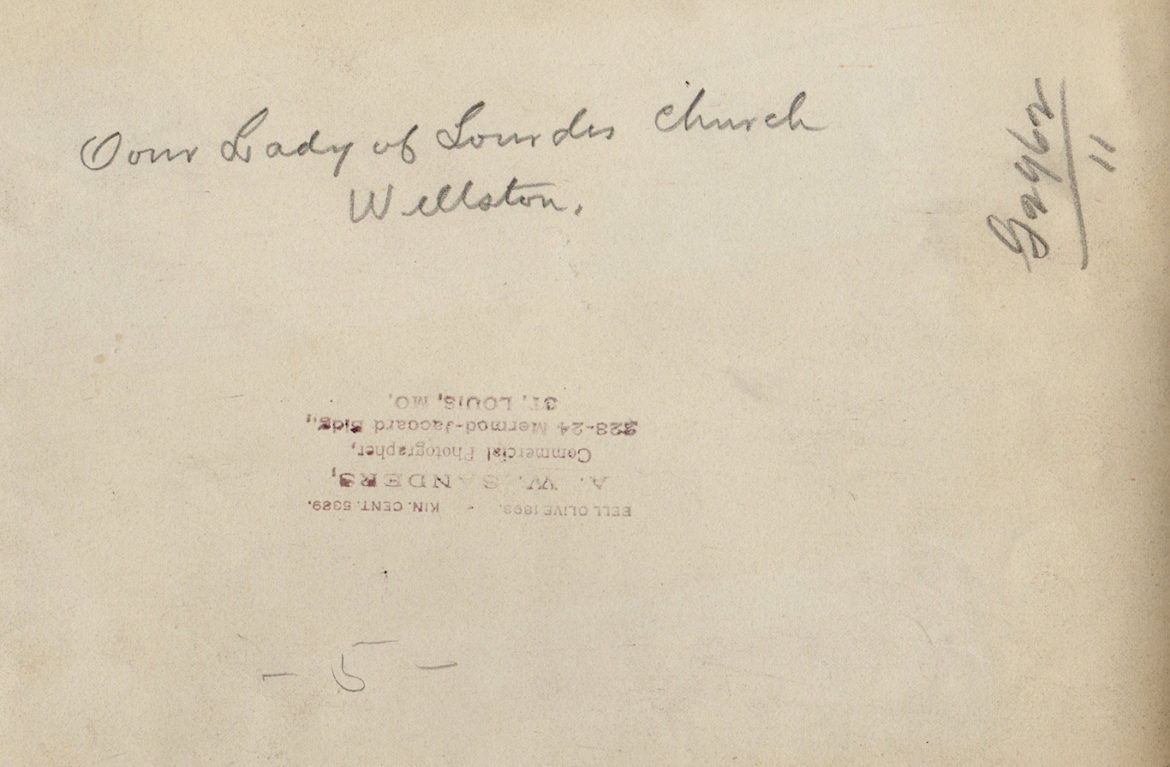
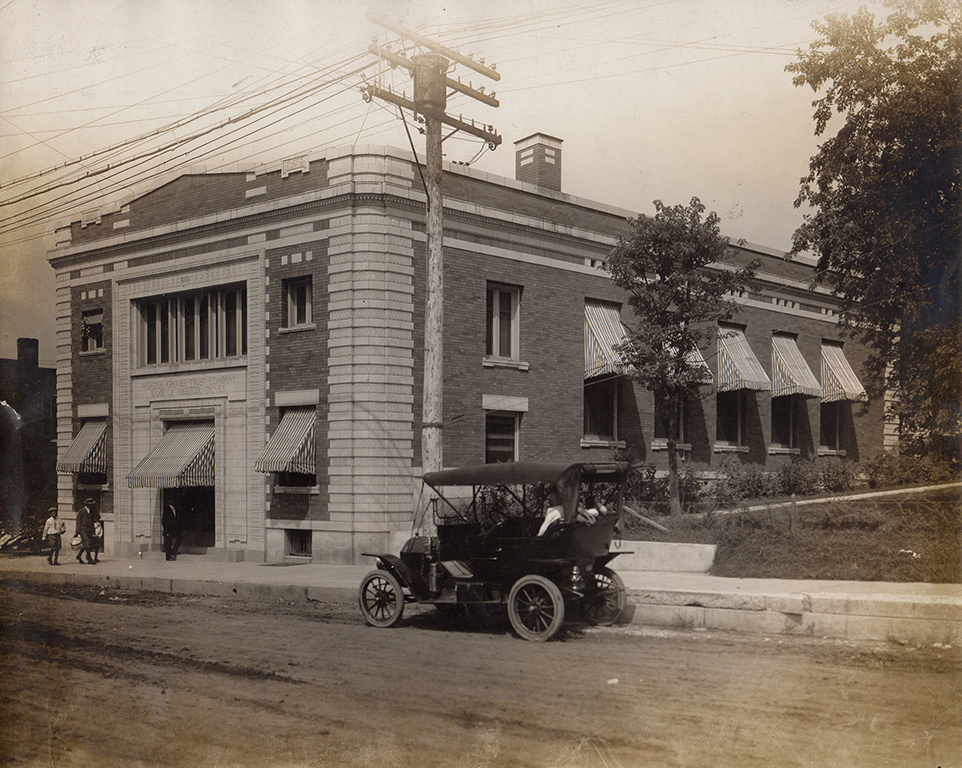
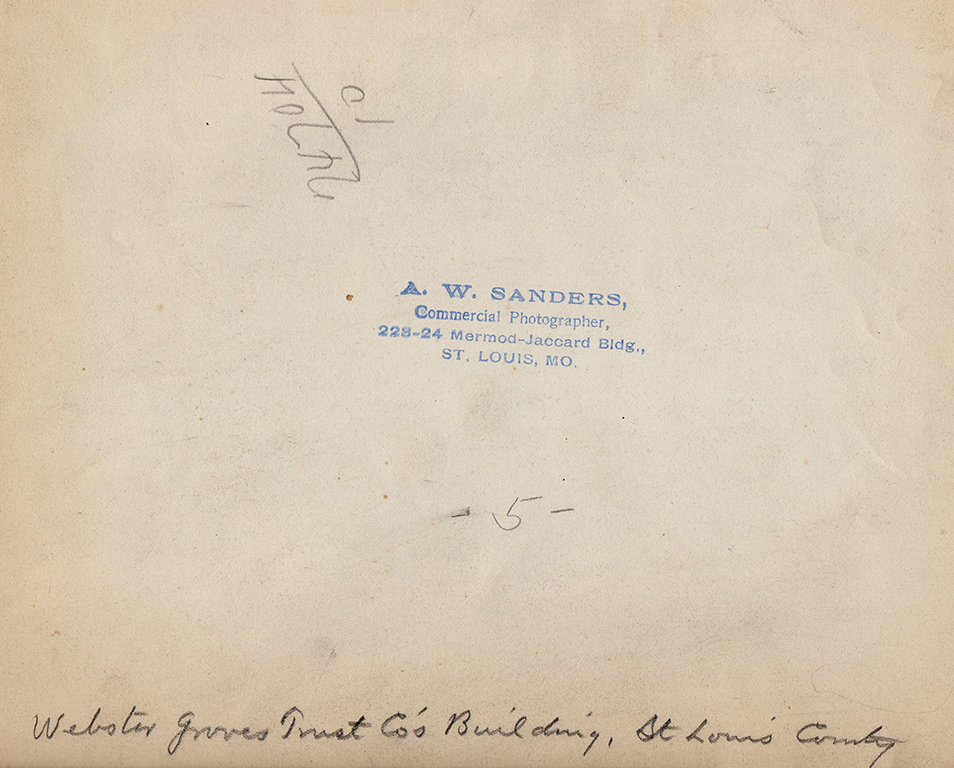
I swear we’re not done yet but this should give us plenty to jawbone over for awhile. The springtime weather we’ve been waiting for so long is finally here. As I am a witness, this is a good time of the year to be retired. I’ll be back soon with another post of Maplewood History.

Where is the link to the 1911. MAP? Someone mentions it but I can’t find it. Thanks for all this info. It is great!
I grew up in Webster Groves, from past memories Old Orchard was a Apple farm, we used to play in what was called Dooley field which was a pond at some time.. which is now a parking lot, my parents banked at the Trust Company. Things sure have changed, I’m 60 so I’m a 1960’s kid.. great pictures.
Hey Joe, Where exactly was the orchard and Dooley field? Was the Trust Co. at Lockwood and Gore? Thanks for your recollections.
Dooley Field was located behind the storefronts along the north side of Big Bend in Old Orchard. It was off N. Old Orchard Ave. Played many soccer games there as a kid.
The Trust Company was at Gore and Lockwood, Lambert’s dept store and hobby shop across the street. The Orchard was where old orchard business district is now standing.
I’m pretty sure the church in Florissant is Sacred Heart because I went to elementary school there for the 3rd grade.
I think so too. I’m fairly familiar with it. And been back there a few times over the passing years. Hendel’s was just across the street. Though I suppose at that time they weren’t getting a bunch of kindergarteners in there seeking penny candy.
I know it is not Maplewood but who were the Drummonds and what did they do to be able to afford a mansion like that? Even by today’s standards that is impressive.
The picture of the guy with the cornfield. That is a sign of crossbreeding and genetic engineering maybe. Almost no corn grows that tall anymore. But the yield used to be maybe one ear of corn per plant since so much energy/life went into growing that large plant. Now they are much shorter and often can produce 2 or 3 ears of corn per plant.
Or maybe the guy is just really short….
I wondered what happened to the Drummond Mansion? I tried to google it but found this article and the history book online. I’m guessing it was torn down. Years ago I read about a spectacular mansion that was torn down for one of the interstates, but that might have been 40 rather than 44.
Gary, You might find an article explaining where it went on Newspapers.com. It is available online if you have a STL Co. library card. It is very likely it fell to I-44. The freeways have done a lot of damage to our cities. Thanks for your comment.
Mark, I found quite a lot on the Drummonds on Newspapers.com. James Drummond was a St. Louis based manufacturer of tobacco products, one of which (or maybe all of which) was plug tobacco. His Drummond Tobacco Company was second largest in the country. He was very rich. He died about 1897. His company was sold to the Tobacco Trust which became American Tobacco Co. He had four children Harrison, James Jr. , Ruth and Charles. Harrison was president when the company was sold. He was an astute businessman and turned his $1M share of his Dad’s $4M estate into $5M of his own in just 5 years. This was an astounding amount of money in the very early 1900’s. Charles was the black sheep. He couldn’t handle the money, got in a lot of trouble as a bigamist and on and on. There are a lot of articles about him. The Drummond mansion in Webster Groves must have belonged to one of the sons. It is far too small of a place for Harrison. As for the cornfield, I like your comment that “maybe the guy is just really short”. That’s funny. Thanks.